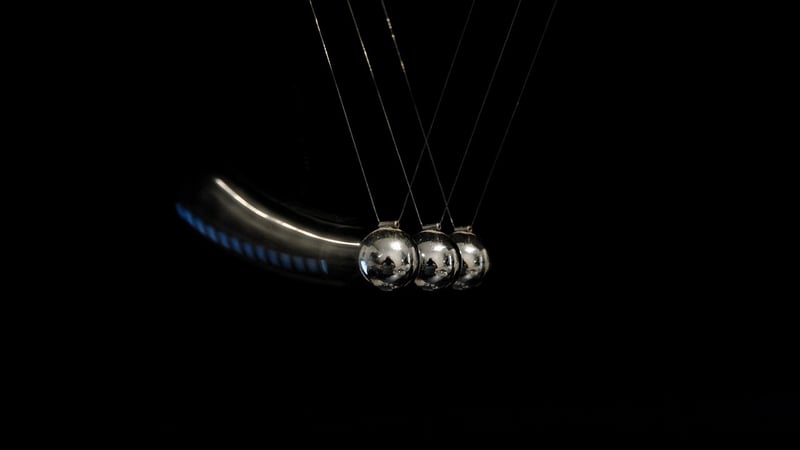Quantum Leaps
Modes of Temporal Transportation and Quantum Leaps
Time travel has captured the imagination of many throughout history, with various modes of temporal transportation being explored in literature, movies, and scientific theories. From the classic time machine concept to the mind-bending quantum leaps, the idea of traversing through time continues to fascinate and intrigue us.
1. Time Machine
The time machine, popularized by H.G. Wells in his novel of the same name, is perhaps the most iconic mode of temporal transportation. The concept involves a device that allows an individual to travel backward or forward in time, experiencing different eras firsthand.

2. Wormholes
Wormholes, also known as Einstein-Rosen bridges, are hypothetical passages through spacetime that could create shortcuts for long journeys across the universe. While theoretical, they are often used in science fiction as a means of time travel.

3. Tipler Cylinder
The Tipler Cylinder is a theoretical concept proposed by physicist Frank J. Tipler. It involves a massive rotating cylinder that could theoretically allow for time travel through the twisting of spacetime around it.

4. Quantum Leaps
Quantum leaps, inspired by quantum mechanics, suggest that particles can exist in multiple states simultaneously until observed. This concept has been extrapolated to propose the idea of consciousness or information "leaping" between different points in time, enabling time travel.

While these modes of temporal transportation are mostly theoretical or confined to the realm of fiction, they continue to spark curiosity and fuel the imagination of those intrigued by the mysteries of time and space.
Whether through the lens of a time machine, the enigmatic pathways of wormholes, the spinning cylinders of Tipler, or the quantum leaps of consciousness, the concept of time travel remains a captivating subject that invites us to ponder the boundaries of possibility.
